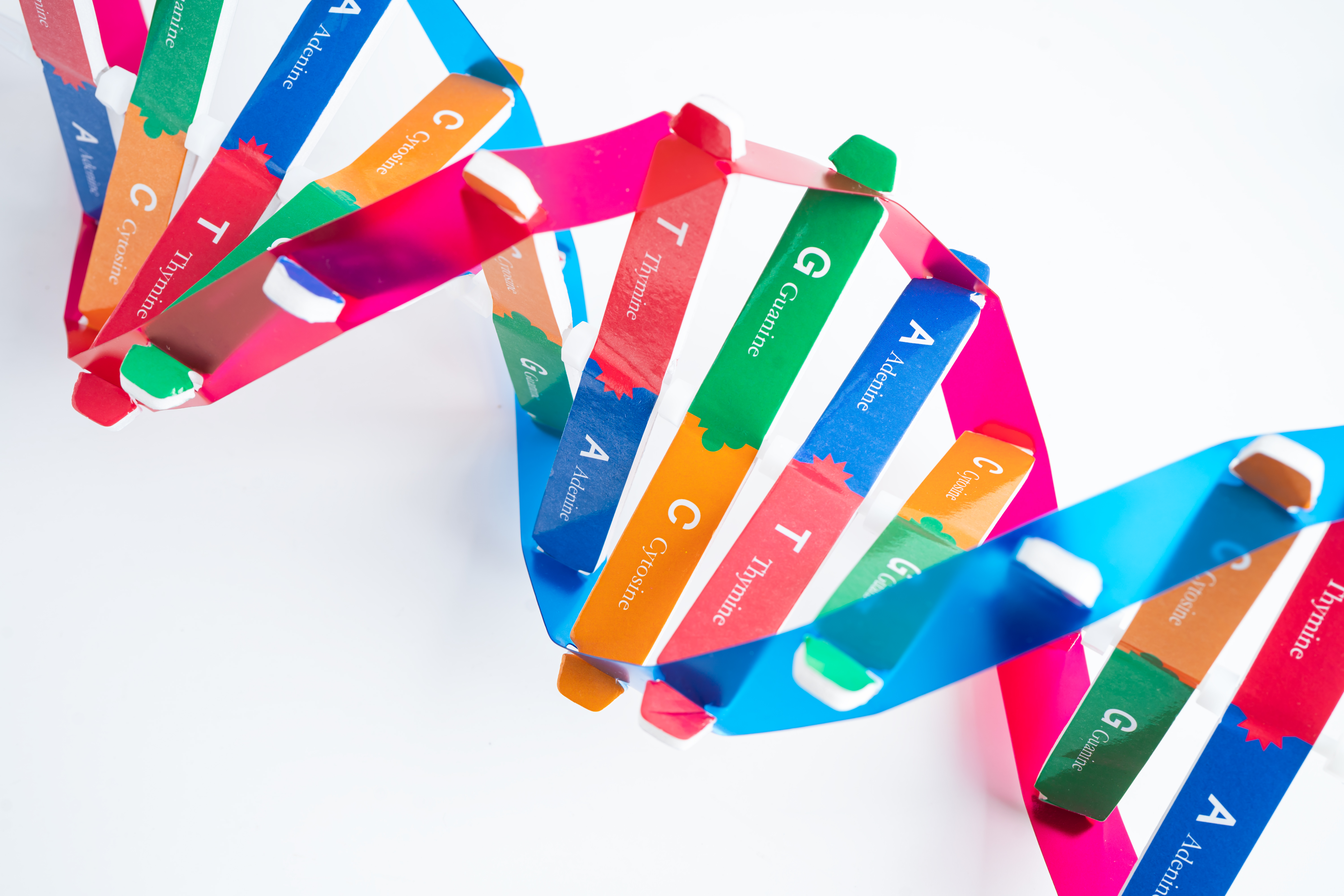20 Unexpected Twists and Turns in the Gabapentin Journey
Gabapentin’s journey is anything but predictable. While it’s widely known as an anticonvulsant, its effects, uses, and side effects have taken some unexpected turns, leading to its increasingly diverse applications in modern medicine. Since its release in 1993, gabapentin has evolved into a widely prescribed medication, but its mysterious mechanisms and off-label potential continue to surprise both patients and doctors alike. From unusual interactions to surprising mental health effects, we’ve expanded our list to 20 unexpected twists and turns in the gabapentin journey. Whether you’re taking this medication for nerve pain, epilepsy, or an entirely different condition, these insights will help you understand the hidden complexities of gabapentin. Let’s dive into the surprising, lesser-known realities of gabapentin and its far-reaching impact.
1. Not Your Typical Anticonvulsant—Gabapentin’s Unique Class

Gabapentin is technically an anticonvulsant, but it doesn’t work like most other drugs in its class. Unlike traditional anticonvulsants that directly affect neurotransmitters, gabapentin targets calcium channels in nerve cells, helping to calm overactive nerve signals. This unique mechanism makes it effective for more than just seizures—it’s why doctors now prescribe it for nerve pain, restless legs syndrome, and even anxiety disorders.
2. Beyond Seizures—Gabapentin’s Expanding Uses

Gabapentin was originally approved for partial seizures, but its use has expanded dramatically. Today, it’s commonly prescribed for nerve pain caused by shingles, diabetic neuropathy, fibromyalgia, and restless legs syndrome. Surprisingly, doctors are also using it off-label for conditions like migraines, menopause symptoms, and chronic pain—even though its effectiveness for these conditions is still debated.
3. The Off-Label Boom—90% of Gabapentin Prescriptions Aren’t FDA-Approved

One of the most unexpected twists in gabapentin’s journey is that nearly 90% of its prescriptions are for off-label uses. These include treatments for alcohol withdrawal, chronic itch, bipolar disorder, anxiety, and essential tremors. While some patients report significant benefits, research is still inconclusive for many of these conditions. Doctors continue to prescribe it, making gabapentin one of the most commonly used off-label drugs in the world.
4. The Side Effect Gamble—More Than Just Drowsiness

Gabapentin’s most common side effects—drowsiness, dizziness, and fatigue—are well known. But its lesser-known side effects can be surprisingly intense. Some patients experience blurred vision, jerky movements, difficulty speaking, and memory problems. In children, it can cause hyperactivity, aggression, and mood swings. For some, gabapentin is life-changing—but for others, the side effects outweigh the benefits.
5. The Dark Side—Gabapentin and Suicidal Thoughts

A rare but serious gabapentin side effect is its impact on mental health. Some patients experience suicidal thoughts, extreme mood changes, and even paranoia. The FDA has issued warnings about this risk, urging patients to watch for changes in mood and behavior. While this effect is not common, it’s a critical consideration for anyone taking the drug—especially those with a history of depression or anxiety.
6. The Withdrawal Shock—Why Stopping Gabapentin Can Be Risky

Gabapentin isn’t a controlled substance, but quitting suddenly can lead to serious withdrawal symptoms. Patients stopping gabapentin have reported insomnia, anxiety, nausea, sweating, and even seizures—even if they weren’t taking it for epilepsy. Tapering off slowly is crucial, especially for those taking it long-term or in high doses.
7. The Unexpected Fall Risk—Gabapentin’s Hidden Danger

Gabapentin can cause dizziness and coordination issues, which can increase the risk of falls—especially in elderly patients. This has led to serious injuries, including fractures. Doctors now caution against driving or operating heavy machinery while taking gabapentin, particularly when starting the medication or adjusting doses.
8. The Alcohol Connection—A Risky Combination

Gabapentin and alcohol don’t mix well. Both substances suppress the central nervous system, increasing the risk of extreme drowsiness, poor coordination, and respiratory depression. Some patients report feeling severely intoxicated after just a small amount of alcohol while on gabapentin—making this an unexpected risk for social drinkers.
9. Commonly Prescribed Alternatives

Gabapentin is often prescribed alongside opioids for pain relief, but the combination dramatically increases the risk of overdose. The FDA has issued a warning that gabapentin and opioids together can slow breathing and even cause death. Patients on both medications must be closely monitored.
10. Gabapentin and Weight Gain—An Unwelcome Surprise

While not everyone gains weight while taking gabapentin, many patients notice unexpected changes in their body composition. This drug has been linked to increased appetite, fluid retention, and metabolic changes, all of which can contribute to gradual or even rapid weight gain. Some individuals report cravings for carbohydrates and sugary foods, leading to a higher calorie intake without realizing it. Additionally, gabapentin may cause sluggishness and fatigue, making it harder to stay active, which can further contribute to weight gain over time.
11. The Memory Fog—Can Gabapentin Affect Cognitive Function?

Many patients report experiencing "brain fog" or short-term memory issues while on gabapentin. This phenomenon can manifest as forgetfulness, trouble focusing, difficulty finding words, or feeling mentally slow. While researchers are still exploring why this happens, it’s believed that gabapentin’s effect on calcium channels in the nervous system may alter cognitive function, particularly at higher doses. If memory issues persist, patients should discuss dose adjustments or alternative medications with their doctor. In some cases, lifestyle changes like staying hydrated, engaging in brain-stimulating activities, and getting quality sleep can help counteract this side effect.
12. The Kidney Connection—Why Dose Adjustments Matter

Gabapentin is primarily processed and excreted through the kidneys, which means that patients with kidney disease or impaired kidney function must take extra precautions. When the kidneys aren’t functioning properly, gabapentin can accumulate in the body, leading to symptoms such as severe drowsiness, dizziness, confusion, and even toxicity. Doctors typically adjust the dose based on a patient’s kidney function, measured by their creatinine clearance (CrCl) levels. Patients with chronic kidney disease (CKD) or those on dialysis may need significantly lower doses or extended dosing intervals to prevent harmful buildup.
13. Gabapentin’s Unusual Role in Treating Itchiness

One of the most unexpected off-label uses for gabapentin is its ability to relieve chronic itching (pruritus). Patients with kidney disease, liver disease, or chronic skin conditions sometimes suffer from severe itching that doesn’t respond to antihistamines or traditional treatments. In these cases, gabapentin has been found to reduce the nerve-related signals that trigger itching, providing relief where other medications fail. Studies suggest that gabapentin works by calming overactive nerves that misfire and cause uncontrollable itchiness, particularly in patients undergoing dialysis or those with liver disease-related pruritus. While not FDA-approved for this use, doctors increasingly prescribe it off-label for patients suffering from chronic itching due to neurological or systemic conditions.
14. Can Gabapentin Help With Migraines? The Debate Continues

Gabapentin is sometimes prescribed off-label for migraine prevention, but its effectiveness remains controversial. Some patients report significant reductions in migraine frequency and intensity, while others see no improvement or even experience worsened symptoms. The science behind gabapentin’s role in migraines is not well understood. It is believed to work by reducing nerve excitability and pain signaling, similar to how it treats nerve pain. However, clinical trials have produced mixed results, leading some neurologists to be cautious about recommending it as a first-line treatment.
15. Gabapentin for Anxiety—A Promising but Controversial Use

Gabapentin has gained popularity as a potential alternative to benzodiazepines (like Xanax or Valium) for treating anxiety disorders. It’s commonly prescribed off-label for generalized anxiety disorder (GAD) and social anxiety, with some patients reporting a noticeable calming effect without the risk of addiction associated with benzodiazepines. However, gabapentin’s effectiveness for anxiety remains highly individualized. Some people find it helpful in reducing excessive worry, racing thoughts, and social anxiety, while others report feeling emotionally numb, detached, or even more anxious. Unlike traditional anti-anxiety medications, gabapentin doesn’t work immediately, and its effectiveness can vary based on dosage and individual brain chemistry.
16. The Sleep Aid That Wasn’t Meant to Be

Gabapentin was never intended as a sleep aid, yet many patients report unexpected effects on their sleep patterns—both positive and negative. Some people find that gabapentin helps them fall asleep faster, stay asleep longer, and experience deeper rest, particularly those with nerve pain or restless legs syndrome (RLS). For these individuals, the drug’s calming effect on the nervous system may play a role in improving sleep quality. However, not everyone has such a positive experience. Some patients describe restless nights, excessive drowsiness the next day, or even vivid, unsettling dreams. Others report waking up frequently or feeling groggy and unfocused in the morning. Because gabapentin affects brain activity and neurotransmitter signaling, its impact on sleep is highly individualized.
17. The Role of Genetics—Why Some People React Differently

Gabapentin does not affect everyone the same way, and genetics play a surprising role in how individuals respond to the drug. Some people metabolize gabapentin quickly and efficiently, meaning they may need higher doses to experience the intended effects. Others process it more slowly, leading to longer-lasting effects, increased sedation, or a higher likelihood of side effects. One major factor is genetic variations in drug metabolism enzymes. Gabapentin is primarily absorbed in the intestines and eliminated through the kidneys, but genetic differences in transporter proteins and kidney function can influence how long the drug stays in the body. Some people might feel the effects of gabapentin for a longer duration, while others may barely notice a difference after taking it.
18. Gabapentin and the Gut—Unexpected Digestive Side Effects

While gabapentin is primarily known for affecting the nervous system, it can also have surprising effects on the digestive system. Some patients experience bloating, nausea, constipation, or diarrhea, even if they have no prior history of stomach issues. These gastrointestinal side effects can range from mild discomfort to persistent digestive problems, making long-term use of the medication challenging for some individuals. One possible reason for these symptoms is gabapentin’s effect on calcium channels in the gut, which play a role in regulating digestion. The drug may slow down gut motility, leading to constipation in some individuals, while in others, it may trigger loose stools or unpredictable bowel movements.
19. The Interaction Nobody Thinks About—Gabapentin and Antacids

Many people take antacids without a second thought, but few realize that they can interfere with gabapentin absorption, making the medication less effective. Antacids that contain magnesium or aluminum—common ingredients in over-the-counter heartburn and indigestion medications—can bind with gabapentin in the stomach, preventing it from being properly absorbed into the bloodstream. This interaction doesn’t mean patients should avoid antacids entirely, but timing is crucial. Doctors generally recommend waiting at least two hours between taking an antacid and gabapentin to ensure the medication can be fully absorbed and work as intended.
20. The Gabapentin Mystery—Still More to Discover

Despite being on the market since 1993, gabapentin remains a medical mystery in many ways. While it is FDA-approved for seizures and nerve pain, doctors continue to prescribe it for a growing number of off-label conditions, from anxiety and migraines to chronic itching and alcohol withdrawal. Yet, researchers still don’t fully understand exactly how gabapentin works. Unlike traditional anticonvulsants or pain medications, gabapentin doesn’t directly affect neurotransmitters like serotonin or dopamine. Instead, it targets calcium channels in nerve cells, but the full scope of its effects on the brain and body isn’t completely understood. This has led to ongoing research exploring new potential uses, risks, and benefits of gabapentin.
A Drug Full of Surprises and Unanswered Questions

Gabapentin’s journey is anything but ordinary. From its original use as an anticonvulsant to its expanding list of off-label applications, this drug has taken unexpected turns in the world of medicine. It has helped millions manage nerve pain, seizures, and restless legs syndrome, but it has also raised concerns about side effects, dependency risks, and long-term impacts. Patients have reported dramatic improvements, while others struggle with brain fog, digestive issues, or sleep disruptions. Despite its widespread use, scientists still don’t fully understand how gabapentin works, leaving room for further research and unexpected discoveries. As doctors continue to explore its potential, it remains one of the most prescribed yet mysterious drugs on the market. Whether gabapentin will become even more essential or face stricter regulation, its journey is far from over. For now, patients should stay informed, work closely with their doctors, and be mindful of their own experiences as they navigate this complex medication.